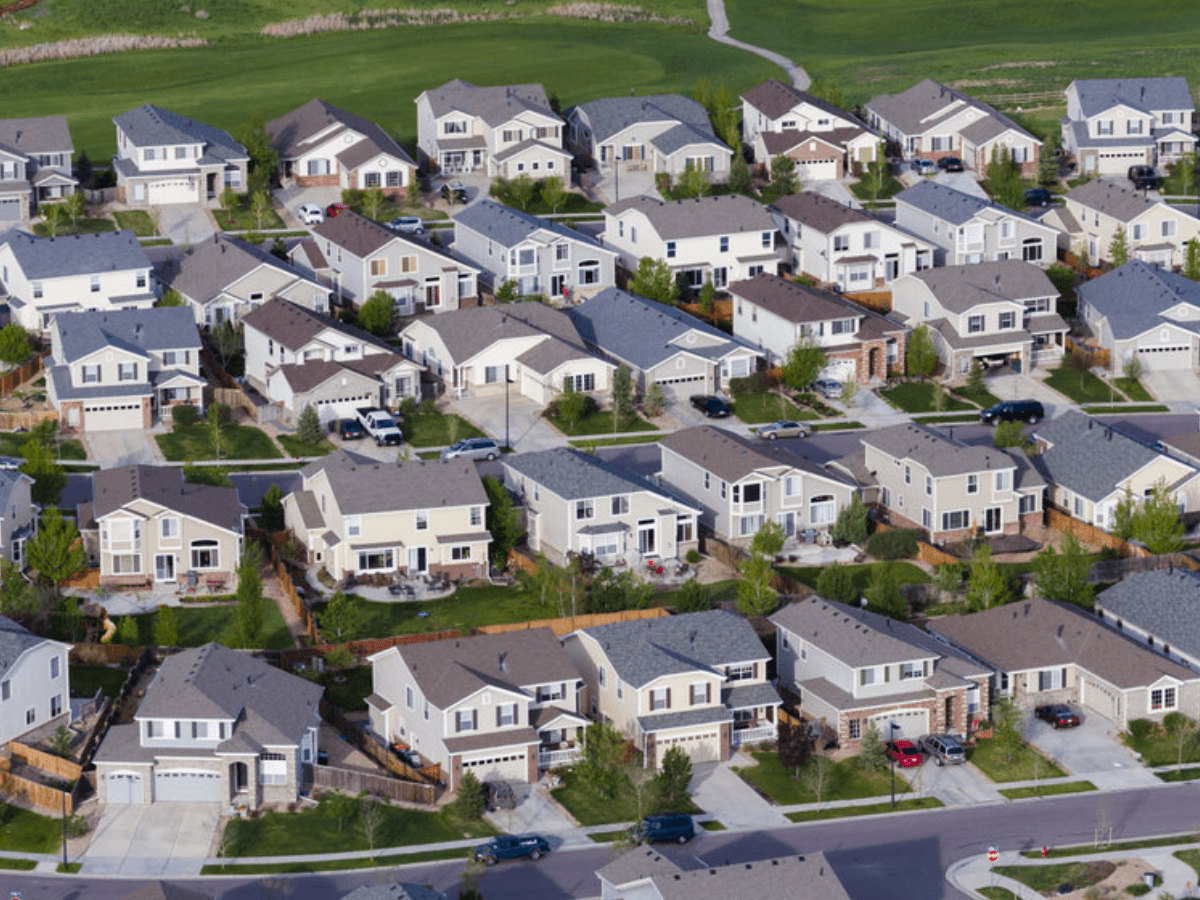
Renters Are Paying More Than Ever. Where Prices Have Spiked the Most
If you’ve felt the sting of surging rent prices of late, you’re not alone. The COVID-19 pandemic threw the housing market into chaos, and five years later, many renters are still having trouble to keep up. New data shows just how much rents have climbed, and which states are feeling the squeeze the most.
The Most Expensive States for Renters
Hawaii and California have long been known for their sky-high living costs, but the latest numbers from Rentec Direct, a property management software company, confirm just how brutal the rental market has become.
- Hawaii takes the top spot with a median rent of $2,132 per month.
- California isn’t far behind at $2,101.
- Washington (1,785), New Jersey (1,785), New Jersey (1,758) and Florida ($1,752) round out the top five.
For many Americans, paying over $2,000 a month just for rent is unsustainable, especially given that wages haven’t kept up. But what’s even more shocking is how much rents have exploded in certain states over the past five years.
Where Rents Have Rocketed
Nationwide, rents have climbed an average of 31% since 2019. But in some states, the increases have been downright baffling.
- Arizona posted the biggest jump—an 84% increase, pushing median rents up by $532 per year to $1,641.
- New Mexico, Tennessee, Georgia and Maryland weren’t far behind, with rent hikes between 61% and 67%.
- States like Delaware, Washington, New Jersey and Maryland also registered some of the largest dollar-amount increases, ranging from $383 to $447 more per month.
Why the intense spikes? According to Kaycee Miller, real estate investor and co-owner of Rentec Direct, it all comes down to population growth, housing shortages and no rent control.
“Arizona, New Mexico, and Tennessee have all seen population spikes driven by factors like retirement migration, strong job markets, low taxes, and a lower cost of living,” Miller tells Realtor.com®. “This influx is putting pressure on already strained housing supply, intensifying competition and pushing up rental prices.”
Arizona added 270,000 new residents between 2019 and 2024, and Tennessee by 300,000. When demand outpaces supply, landlords can, and do, charge whatever the market will bear.
Surprising Bright Spots
Not every state followed the trend. A few actually witnessed rents slide—or at least stabilize.
- New York’s median rent is still high at $1,394, but it only increased by $160 over five years, a small rise compared with other states.
- Louisiana’s rents fell from $846 in 2019 to $825 in 2024 (after peaking at $935 in 2023).
- Minnesota had the most dramatic drop—34%—thanks to aggressive housing policies. The Minneapolis 2040 plan prioritized high-density housing, which helped bring the median rent down from $1,285 in 2019 to $849 in 2024.
For budget-conscious renters, the most affordable states are:
- West Virginia ($693)
- Louisiana ($825)
- Minnesota ($840)
- Nebraska ($850)
- South Dakota ($901)
What Now for Renters?
The big question: will rents keep climbing? Rentec’s experts predict high interest rates and inflation could slow price growth. But supply chain issues and tariffs might make new construction more expensive, keeping rental demand (and prices) high in tight markets.
Miller points says rent control policies can help—or hurt—depending on how they’re implemented.
“Rent control aims to improve affordability and reduce displacement, but it can also discourage development and push rents even higher in unregulated areas,” she says. “The key is finding a balance—small, consistent rent increases help landlords cover costs while giving tenants stable housing expenses.”
Renters in high-demand states may need to brace themselves for more price hikes, for now. But if Minnesota’s success is any indication, smart housing policies could make a real difference in bringing costs back down to earth.
Renting has never been more expensive, but where you live makes all the difference. If you’re looking to save, moving to a more affordable state—or pushing for better housing policies in your area—might be the best way to fight back against soaring costs.
Because at the end of the day, everyone deserves a place to call home, without breaking the bank.



